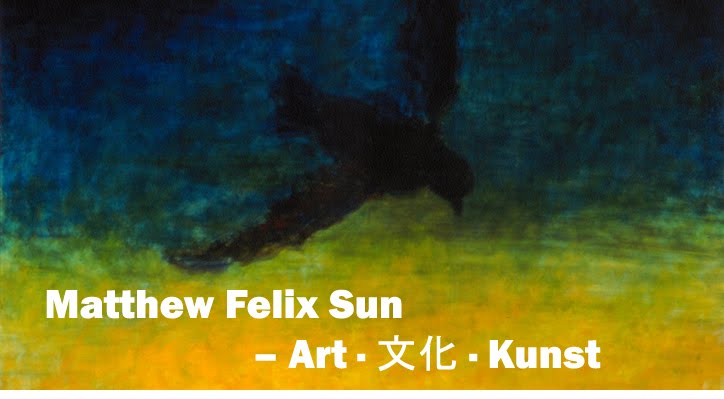Artists often strive to be the unique one, the one who creates things new like no other and being avant-garde is a great honor.
Yet, there are so many styles and methods can be employed, if one wants to remain in the defined sphere, instead of creating a new form completely, e.g. Andy Goldsworthy's transient installations, dance combined ballet and martial arts.
For those who want to work in the conventional format, such as pure ballet dance making, it is quite challenging to stay new.
The consolation is that, like fashion, people's taste change and often in cycles. Therefore, things considered traditional, or conventional a few decades ago, now suddenly in vogue and become the new avant-garde.
New York Times recently published a
fascinating article on narrative ballet (versus abstract, non-story telling ballet, like those created by Balanchine). The article quoted the retired ballerina Gelsey Kirkland wrote in an open letter on the Web site for the new Gelsey Kirkland Academy of Classical Ballet (
gelseykirklandballet.org), "I have come to believe over the years that the future of ballet lies in the art of dramatic storytelling, drawing on the wellsprings of classical tradition."
The article continued: "Interestingly, Ms. Kirkland’s words come just as a wave of narrative dance drama has been gathering force. At
New York City Ballet — the company that consistently did the most to propagate plotlessness in 20th-century classical ballet — the past season was mainly given over to full-evening story ballets. Of the eight new ballets produced by the company so far in 2010, each by different choreographers, four have been storytelling, while a fifth, Alexei Ratmansky’s “Namouna,” has arcane suggestions of narrative."
It also pointed out that "What’s more, it’s easier for audiences now to see that the 20th-century pure-dance ballet was never abstract. As Balanchine,
Merce Cunningham and
Mark Morris all observed, you cannot have abstraction where there are human beings on a stage. Put a man and a woman onstage, Balanchine liked to say, and you already have a story; it has been well said that his plotless ballets actually have more drama than most story ballets."
So, the line has never been cleanly drawn. The new is always a repackaging the old. The old fashioned often make a brilliant comeback as the new new.
It is the same in the music world. New operas are more lyrical and grateful to singers and listeners instead of relentless howling and wailing of later half of the twentieth century.
Novelists are gladly telling stories in more or less traditional way, and less obsessed with the manipulations of the book format and lengths of the lines.
Fine artists are making paintings with a clear stories, sometimes even in cycles like those in the Gothic and Renaissance time. Unabashedly.
What they are doing is refreshingly different from the abstraction tyranny of the near past, they are the new avant-garde.
Soon, people will crave for something less obvious, less easily understood pieces. They will crave for challenge again - both creators and audience.
Then, the pendulum will swing to other side and we are poised for another fascinating change of time.
 Leap © Matthew Felix Sun
Leap © Matthew Felix Sun
































































